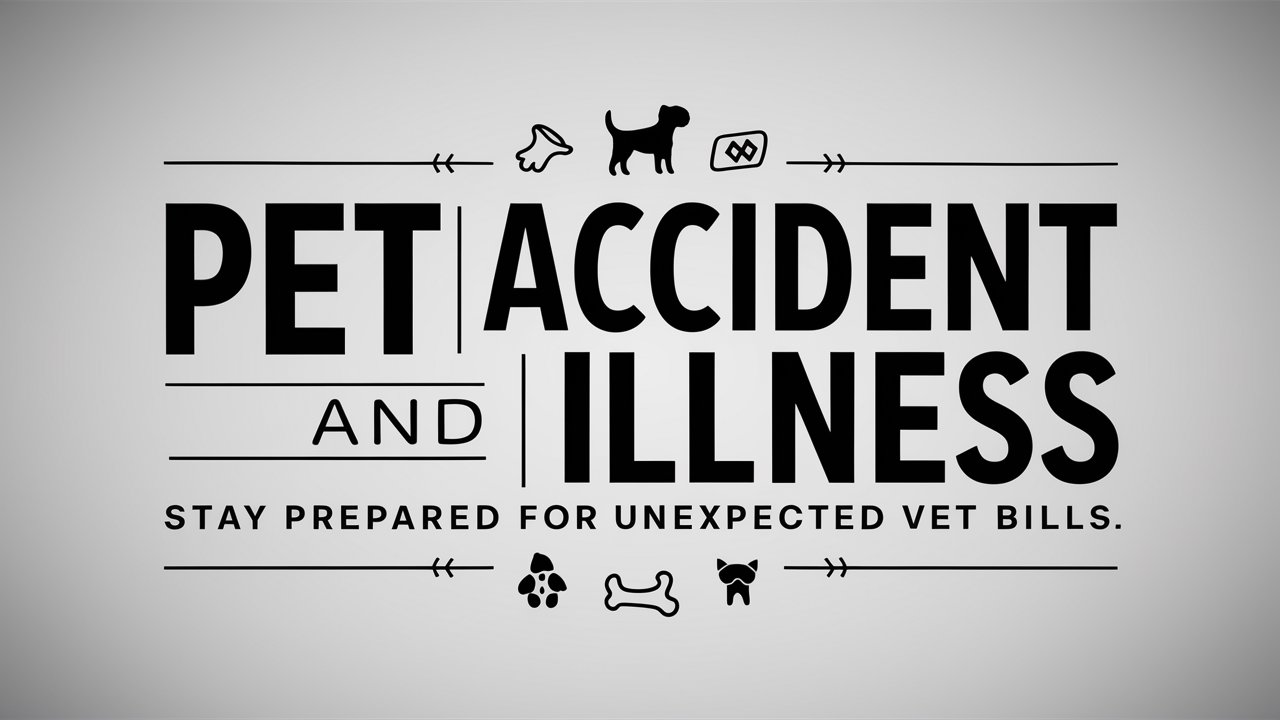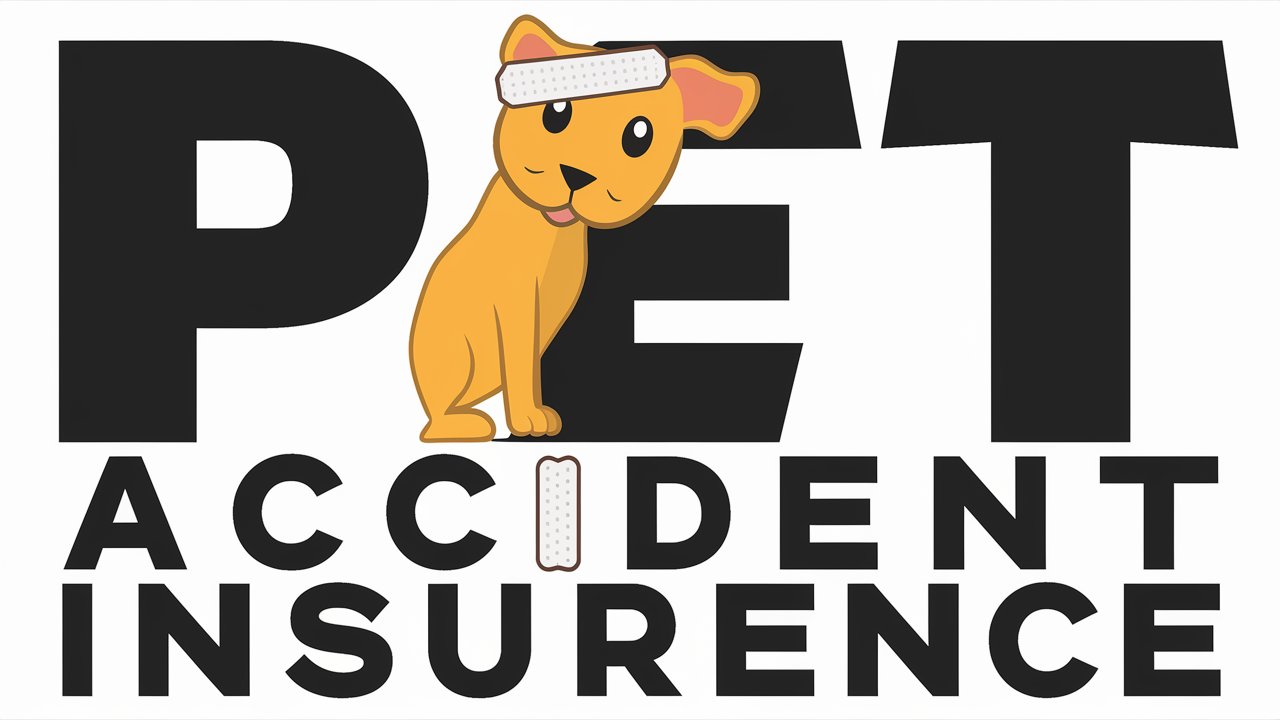Introduction
In today’s world, pets are not just animals; they are beloved family members. As we strive to provide the best care for our furry friends, pet insurance has emerged as a valuable tool to safeguard their health and well-being. However, the world of pet insurance claims can be a labyrinth of terms, conditions, and procedures that can be daunting for pet owners.

This comprehensive guide aims to demystify pet insurance claims, providing you with the knowledge and confidence to navigate this essential aspect of pet care. From understanding the basics of pet insurance to mastering the claims process, we will unlock the mysteries surrounding pet insurance claims.
Understanding Pet Insurance
Pet insurance is designed to help cover the costs of veterinary care, ensuring that your pets receive the necessary medical attention without causing financial strain. Much like health insurance for humans, pet insurance policies come with a range of coverage options, premiums, deductibles, and exclusions. To effectively manage pet insurance claims, it’s crucial to have a firm grasp of these fundamental concepts.
Types of Pet Insurance Coverage
Pet insurance typically offers three main types of coverage
- Accident-Only Coverage
This type of policy covers injuries resulting from accidents, such as broken bones, cuts, and poisonings. It does not cover illnesses or preventive care.
- Accident and Illness Coverage
This comprehensive coverage includes both accidents and illnesses. It covers a wide range of medical conditions, from common illnesses like ear infections and allergies to chronic diseases like diabetes and cancer.
- Wellness Coverage
Also known as preventive care, this optional add-on covers routine veterinary visits, vaccinations, dental cleanings, and other preventive measures. Wellness coverage is often purchased in conjunction with accident and illness policies.
Understanding the differences between these coverage types is essential for selecting the right policy for your pet and for knowing what to expect when filing a claim.
The Anatomy of a Pet Insurance Policy
A pet insurance policy comprises several key components, each of which plays a critical role in the claims process
- Premiums
The amount you pay periodically (monthly or annually) to keep the insurance policy active. Premiums vary based on factors such as your pet’s age, breed, location, and the coverage options you select.
- Deductibles
The amount you must pay out of pocket before the insurance company starts reimbursing you. Deductibles can be annual or per-incident, and higher deductibles generally result in lower premiums.

- Reimbursement Levels
The percentage of the vet bill that the insurance company will reimburse after the deductible has been met. Common reimbursement levels are 70%, 80%, and 90%.
- Coverage Limits
The maximum amount the insurance company will pay out per year, per condition, or over the pet’s lifetime. Policies with higher coverage limits offer more extensive financial protection but often come with higher premiums.
- Exclusions
Specific conditions or treatments that are not covered by the policy. Common exclusions include pre-existing conditions, cosmetic procedures, and breeding-related expenses.
The Pet Insurance Claims Process
Filing a pet insurance claim can be a straightforward process if you understand the necessary steps and requirements. While the exact procedure may vary between insurance providers, the general process involves the following steps
- Visit the Veterinarian
When your pet needs medical attention, take them to a licensed veterinarian. Ensure that the vet records all the details of the visit, including the diagnosis, treatment plan, and itemized bill.
- Collect Documentation
Gather all necessary documentation for the claim, including the itemized vet bill, medical records, and any relevant forms provided by the insurance company. Some insurers require a completed claim form, which may be available on their website.
- Submit the Claim
Submit the claim and supporting documentation to the insurance company. This can usually be done online, via email, or through traditional mail. Ensure that all required information is included to avoid delays in processing.
- Claim Review
The insurance company will review the claim to determine eligibility and coverage. This process may involve verifying the treatment details, checking for pre-existing conditions, and ensuring that the claim aligns with the policy terms.
- Reimbursement
Once the claim is approved, the insurance company will issue reimbursement according to the policy’s reimbursement level and coverage limits. The reimbursement is typically provided via direct deposit or a mailed check.
Common Challenges in Pet Insurance Claims
While the process of filing a pet insurance claim is generally straightforward, pet owners often encounter challenges that can complicate matters. Understanding these common issues can help you navigate them more effectively
Pre-Existing Conditions
One of the most significant challenges in pet insurance claims is the issue of pre-existing conditions. Most pet insurance policies do not cover pre-existing conditions, which are defined as any injury or illness that occurred or showed symptoms before the policy’s effective date. To avoid surprises, it’s essential to carefully review your pet’s medical history and discuss any potential pre-existing conditions with your insurer before purchasing a policy.
Waiting Periods
Pet insurance policies often come with waiting periods, which are the specified amount of time you must wait after purchasing the policy before certain types of coverage become effective. For example, there may be a waiting period of 14 days for illnesses and 48 hours for accidents. Claims made during these waiting periods are typically not covered, so it’s crucial to be aware of these timelines when planning your pet’s care.
Claim Denials
Claim denials can be frustrating and confusing. Common reasons for denials include incomplete documentation, treatments falling outside policy coverage, and exceeding coverage limits. If your claim is denied, review the denial notice carefully to understand the reason and take corrective action if possible. In some cases, you may be able to appeal the decision by providing additional information or clarifying the treatment details.

Costly Treatments
Veterinary care can be expensive, especially for complex procedures or chronic conditions. High costs can quickly exhaust your coverage limits, leaving you with significant out-of-pocket expenses. To mitigate this risk, consider policies with higher coverage limits and carefully assess the cost-effectiveness of various treatment options.
Tips for Successful Pet Insurance Claims
To maximize your chances of a successful pet insurance claim, follow these best practices
- Choose the Right Policy
Select a policy that aligns with your pet’s needs and your financial situation. Consider factors such as coverage options, deductibles, reimbursement levels, and coverage limits. Research different providers and read customer reviews to make an informed decision.
- Understand Your Policy
Thoroughly review your policy documents and familiarize yourself with the terms and conditions. Pay special attention to exclusions, waiting periods, and claim submission requirements.
- Keep Detailed Records
Maintain comprehensive records of your pet’s medical history, including veterinary visits, diagnoses, treatments, and receipts. This documentation will be crucial when filing a claim.
- Communicate with Your Veterinarian
Inform your veterinarian that you have pet insurance and discuss the claim process with them. Many vets are experienced with insurance claims and can provide valuable assistance in documenting and submitting the necessary information.
- Submit Claims Promptly
File your claims as soon as possible after the veterinary visit to avoid delays. Ensure that all required documentation is complete and accurate.
- Follow Up
Monitor the status of your claim and follow up with the insurance company if there are any delays or issues. Keep records of all communications with the insurer.
Choosing the Right Pet Insurance Provider
Selecting the right pet insurance provider is a critical step in ensuring a smooth claims process. Here are some factors to consider when evaluating different providers
Reputation and Reviews
Research the reputation of potential insurers by reading customer reviews and testimonials. Look for feedback on claim processing times, customer service, and overall satisfaction. Reliable sources for reviews include pet insurance comparison websites, social media, and online forums.
Policy Options and Flexibility
Evaluate the range of policy options offered by each provider. Some insurers offer customizable plans that allow you to adjust coverage levels, deductibles, and reimbursement rates to suit your needs. Flexibility in policy options can help you find the perfect balance between cost and coverage.
Customer Service and Support
Good customer service is essential when dealing with insurance claims. Choose a provider that offers responsive and helpful customer support. Test their customer service by asking questions about their policies and claim procedures before committing to a plan.
Claim Processing Times
Timely claim processing is crucial for minimizing financial strain. Research the average claim processing times for each provider and choose one known for quick and efficient service. Some insurers offer direct vet payment options, which can further streamline the process.
Additional Benefits
Some pet insurance providers offer additional benefits, such as coverage for alternative therapies (e.g., acupuncture, hydrotherapy), behavioral treatments, and prescription diets. These extras can add value to your policy and provide more comprehensive care for your pet.
The Future of Pet Insurance
The pet insurance industry is continually evolving, with new trends and innovations emerging to better serve pet owners and their furry companions. Here are some trends to watch for in the future of pet insurance:
Technology Integration
Advances in technology are transforming the pet insurance landscape. Mobile apps and online portals make it easier to manage policies, file claims, and track reimbursements. Additionally, telemedicine services are becoming more popular, allowing pet owners to consult with veterinarians remotely and potentially reduce the need for in-person visits.
Preventive Care Focus
As pet owners become more proactive about their pets’ health, there is a growing emphasis on preventive care. Future pet insurance policies may offer more comprehensive wellness coverage, encouraging regular check-ups, vaccinations, and preventive treatments to keep pets healthy and reduce long-term healthcare costs.

Personalized Policies
Insurance providers are increasingly using data analytics to offer personalized policies tailored to individual pets’ needs. Factors such as breed, age, and medical history can influence coverage options and premiums, resulting in more customized and relevant insurance plans.
Expanded Coverage Options
The scope of pet insurance coverage is likely to expand, encompassing a wider range of treatments and conditions. This may include coverage for genetic testing, advanced diagnostic procedures, and innovative therapies that were previously excluded or limited.
Conclusion
Navigating the complexities of pet insurance claims can be challenging, but with the right knowledge and preparation, it is possible to effectively manage the process and ensure your pet receives the best care. Understanding the various types of coverage, policy components, and common challenges will empower you to make informed decisions and successfully file claims.
Choosing the right pet insurance provider, maintaining detailed records, and communicating with your veterinarian are crucial steps in unlocking the mysteries of pet insurance claims. As the industry evolves, staying informed about new trends and innovations will help you provide the best possible care for your beloved pets.
Ultimately, pet insurance offers peace of mind and financial protection, allowing you to focus on what truly matters: the health and happiness of your furry family members. By mastering the art of pet insurance claims, you can ensure that your pets receive the care they deserve without compromising your financial stability.
For more details please visit our home page: Click Here

